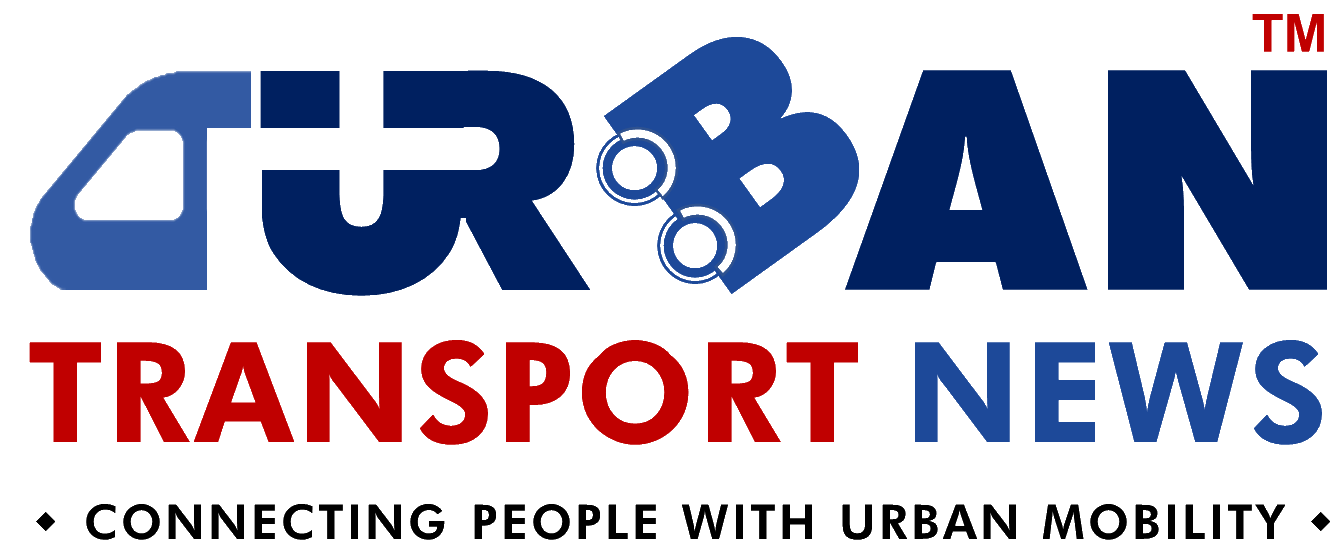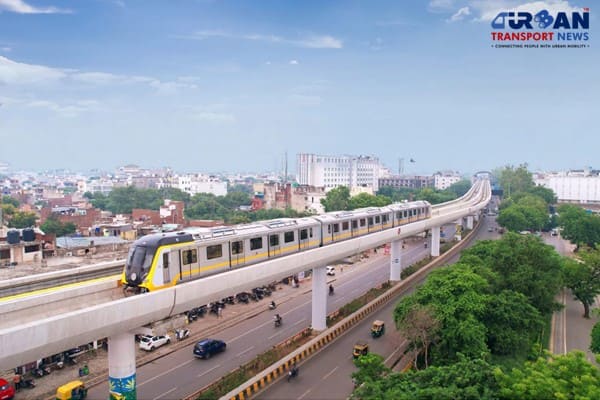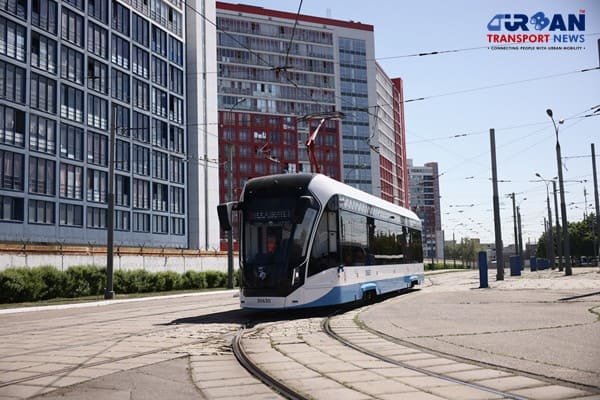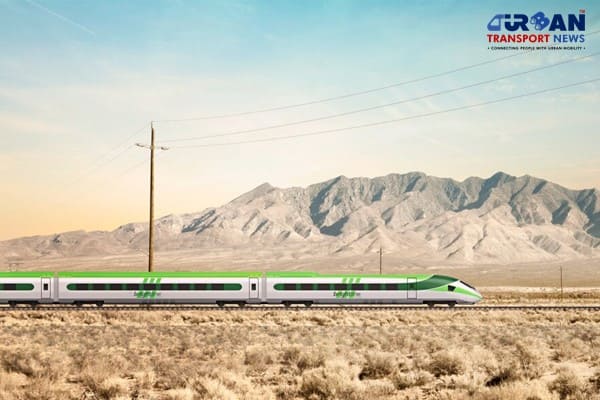 Qatar approves Saudi Rail Link Agreement, Accelerating Gulf Railway Vision 2030
Qatar approves Saudi Rail Link Agreement, Accelerating Gulf Railway Vision 2030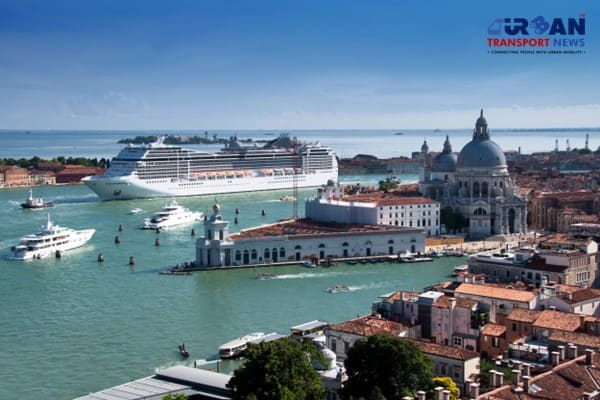 UP Govt plans to introduce Water Metro services in Ayodhya, Varanasi & Prayagraj
UP Govt plans to introduce Water Metro services in Ayodhya, Varanasi & Prayagraj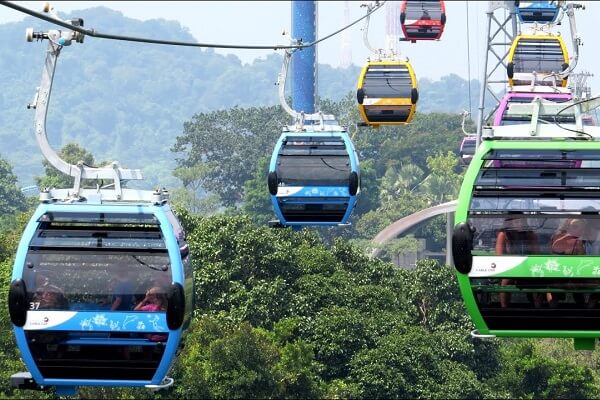 India’s First Urban Ropeway begins Trial Run in Varanasi, Set to carry 1 Lakh passengers daily
India’s First Urban Ropeway begins Trial Run in Varanasi, Set to carry 1 Lakh passengers daily India and Bhutan to Build First-Ever Rail Link: ₹4,033 Cr Project to Boost Regional Connectivity
India and Bhutan to Build First-Ever Rail Link: ₹4,033 Cr Project to Boost Regional Connectivity Patna to launch Eco-Friendly Water Metro; Trial Run soon between Digha and Kangan Ghats
Patna to launch Eco-Friendly Water Metro; Trial Run soon between Digha and Kangan Ghats Air India Group set to launch Flights Operations from Navi Mumbai International Airport
Air India Group set to launch Flights Operations from Navi Mumbai International Airport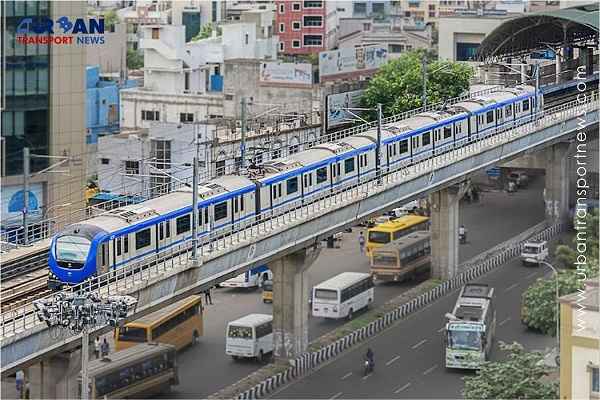 Chennai to launch 25-Year Mobility Plan with Unified QR Ticketing and One-App Transit System
Chennai to launch 25-Year Mobility Plan with Unified QR Ticketing and One-App Transit System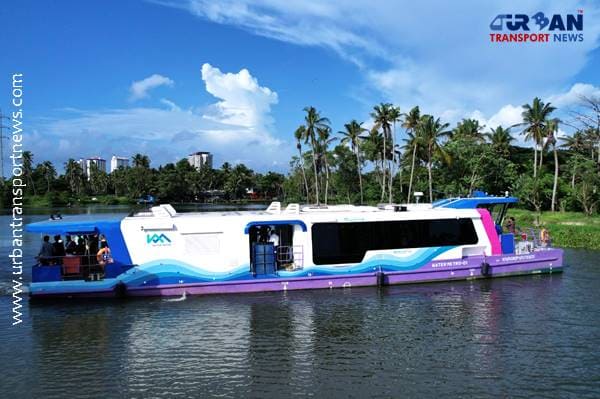 Kochi Metro bags ₹4.4 crore contract to prepare DPR for Mumbai Water Metro Proejct
Kochi Metro bags ₹4.4 crore contract to prepare DPR for Mumbai Water Metro Proejct Navi Mumbai International Airport set for September launch; IndiGo and Akasa Air to lead Operations
Navi Mumbai International Airport set for September launch; IndiGo and Akasa Air to lead Operations Noida International Airport to be Inaugurated on October 30, Commercial Flights in 45 Days
Noida International Airport to be Inaugurated on October 30, Commercial Flights in 45 Days
Vietnam plans new metro rail lines to replace its BRT systems in Hanoi
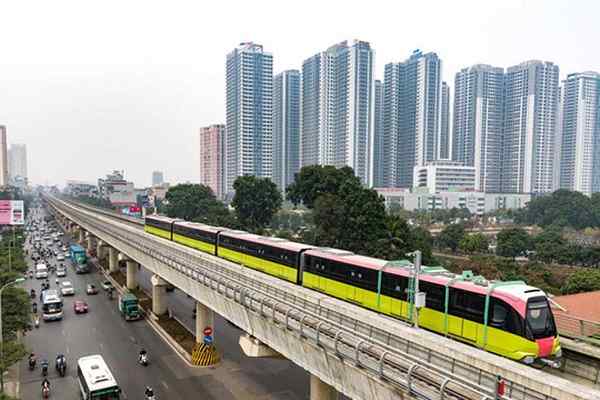
Hanoi, Vietnam (Urban Transport News): Urban railway projects could potentially replace Hanoi's plans for bus rapid transit (BRT) systems due to infrastructural constraints, as revealed by the municipal People's Committee. Duong Duc Tuan, vice chairman of the Hanoi People's Committee, disclosed on Monday that the city is exploring adjustments to its traffic and infrastructure blueprints. These adjustments entail the addition of four new railway lines, bringing the total count to 14, covering a vast expanse of 550 kilometers.
Tuan emphasized that this urban railway network would serve as the city's transportation backbone, seamlessly connecting land, air, and potentially waterway routes in the future. His statement came in response to inquiries from Trinh Xuan An, a permanent member of the defense-security commission, regarding the necessity of further BRT line constructions, given the controversy surrounding the existing Kim Ma-Yen Nghia BRT line.
In 2017, Hanoi adopted a resolution aiming to restrict motorbike usage in the city by 2030, but achieving this goal poses challenges due to the low utilization rates of public transport. Studies indicate that motorbike restrictions could be viable only when public transport usage reaches a minimum of 30%. However, Hanoi's current public transport usage stands at a modest 19.5%.
Tuan outlined that the feasibility of motorbike restrictions hinges on the completion of 400 kilometers of railway by 2035, as per the city's plans. He further underscored that BRT lines serve as the foundation for future railway networks. While the city initially planned for eight BRT lines, only one has been realized, with the Kim Ma-Yen Nghia line drawing criticism for occupying a significant portion of the road space.
"The rapid bus route has devolved into a standard bus route if not a slower one," Tuan remarked. As part of the general traffic planning adjustments, the city is considering replacing the Kim Ma-Yen Nghia BRT line with the No. 11 urban railway line.
The Kim Ma-Yen Nghia BRT line, operational since December 2016, incurred a cost of over $55 million and spans 14 kilometers. However, the line's effectiveness has been a subject of debate among the public. In November last year, plans were announced to construct a metro line on Le Van Luong Street to supplant the existing BRT line.
Hanoi's ambitious transportation goals are outlined in its planning until 2045, with a vision extending to 2065. The plan aims for public transport to satisfy 27-31% of travel demand by 2025, with buses catering to 18-19% of demand and metro lines to 4-7%. By 2030, these figures are projected to increase to 35-40%, with buses accounting for 20% and urban railways for 10-14%.
While adjustments to the city's planning are still under consideration, the prospect of urban railway lines replacing BRT systems presents a transformative shift in Hanoi's transportation landscape, with significant implications for its future development.
